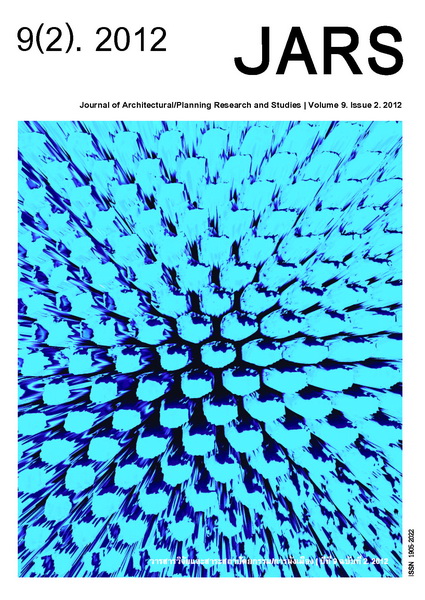The Influence of Finishing Materials on Radon Exhalation from Concrete with Phosphogypsum Additives
Main Article Content
Abstract
This research is conducted to investigate the amounts of radon gas diffusing from various types of PG-containing concrete slabs which use 4 of the most commonly used finishing materials in Thailand: slab surfaces with plaster, surfaces with plaster and covered with oil/emulsion paints or with wallpaper, compared with that emanating from concrete slabs without PG. It was found that the concrete slab with PG additives emitted the highest amounts of radon, with an exhalation rate of 10.45 Bq m-2 h-1 that is 34 times that of normal concrete. Obviously, the use of finishing materials on surfaces can be a simple way to inhibit radon exhalation rates. Slabs covered with plaster and emulsion paint were the most effective (with a 48% reduction). Considering a concrete room of typical size through CFD simulation, the results revealed that the most exposure to radon occurs in the model using PG-containing concrete slabs. Applying some common covering materials to internal surfaces can be a simple and economical way to mitigate the indoor radon concentrations and the corresponding annual effective dose.
Downloads
Article Details

This work is licensed under a Creative Commons Attribution-NonCommercial-NoDerivatives 4.0 International License.
All material is licensed under the terms of the Creative Commons Attribution 4.0 International (CC-BY-NC-ND 4.0) License, unless otherwise stated. As such, authors are free to share, copy, and redistribute the material in any medium or format. The authors must give appropriate credit, provide a link to the license, and indicate if changes were made. The authors may do so in any reasonable manner, but not in any way that suggests the licensor endorses you or your use. The authors may not use the material for commercial purposes. If the authors remix, transform, or build upon the material, they may not distribute the modified material, unless permission is obtained from JARS. Final, accepted versions of the paper may be posted on third party repositories, provided appropriate acknowledgement to the original source is clearly noted.
References
Board of Standard Mechanical Systems in the Building. (2002). มาตรฐานการระบายอากาศเพื่อคุณภาพอากาศภายในอาคารที่ยอมรับได้ [Standard ventilation for acceptable indoor air quality]. The Engineering Institute of Thailand, Under H. M. The King’s Patronage. Bangkok: Author.
International Commission on Radiation Protection [ICRP]. (1990). Recommendations of the international commission on radiological protection. Oxford: Pergamon Press.
International Commission on Radiation Protection [ICRP]. (1994). Lung cancer risk from indoor exposure to radon daughters. England: Pergamon Press.
Kovler, K., Perevalov, A., Steiner, V. & Metzger, A. (2005). Radon exhalation of cementitious materials made with coal fly ash: Part 1 and Part 2. Journal of Environmental Radioactivity, 82(3), 335–350.
Srisuwan, T. (2006). การลดปริมาณก๊าซเรดอนในอาคาร กรณีศึกษาอาคารประเภทตึกแถวที่ใช้วัสดุก่อสร้างประเภทคอนกรีต ซึ่งมีเถ้าลอยลิกไนต์และฟอสโฟยิปซัมเป็นส่วนผสม [Radon reduction in Shop-houses: Case study of using concrete with fly ash and phosphogypsum additives as building materials]. Master of Architecture Thesis, Thammasat University, Pathumthani, Thailand.
United Nations Scientific Committee on the Effects of Atomic Radiation [UNSCEAR]. (2000). UNSCEAR Report: General assembly, with scientific annexes. New York: Author.
United Nations Scientific Committee on the Effects of Atomic Radiation [UNSCEAR]. (2003). UNSCEAR Report: Sources and biology effects of ionizing radiation. New York: Author.


